Aquarium plants need a lot of light for normal growth and development. Fish do not need it so much, but with sufficient light they look very attractive, bright, behave actively. That is why it is so important to choose the right lighting for the aquarium. This is not as easy as it seems at first glance, as there are many details that need to be known.
Contents of the article
Where to locate the backlight for the aquarium
Most often, the lighting in the aquarium is located on top. The most common option – in the lid. There can be installed both long and ordinary lamps. To achieve more even lighting near the lamps are installed reflectors that redirect and disperse the light. This is especially important if one long lamp is used. If it is simply attached to the lid, most of the bottom remains in shadow, which is not always a good thing.

But close proximity near the water is not always a good thing. If you use lamps that generate a lot of heat, you have to put coolers (fans) or raise them above the aquarium. In this case, you can use hangers and stops. Here, who can adapt – there are different options.
Not always the upper light reaches the bottom in the right amount. Then either you can increase the power of the lights, or several located on the walls, closer to the bottom or at the bottom. The latter option is more decorative, but can somewhat improve the low light in the bottom layers.
- LEDs can be placed both at the bottom and at the top
- Aerator with illumination – one of the options
- Suction cup aquarium light – can be attached to the walls at any level
More correct is the “top” lighting for the aquarium, but to correct the situation and the impossibility of a quick remodeling can be used and located below the light sources, and you can install spotlights for a decorative effect – to emphasize at dusk some part of the relief or an unusual plant.
Types of lamps
Lighting for the aquarium can be made with lamps of any type. In general, any. But its effectiveness, the appearance of plants and fish, the amount of energy spent will be very different. Let’s evaluate from these positions all types of lamps.
Incandescent and halogen lamps
They are united in one category, since they have similar advantages and disadvantages. Good incandescent lamps for aquariums by the fact that they emit light, the spectrum of which is very similar to sunlight. The second big plus is an affordable price. But the disadvantages are very serious. This is a low efficiency – colo 97% of energy goes to heat generation and only 3% directly to the radiation of light waves.
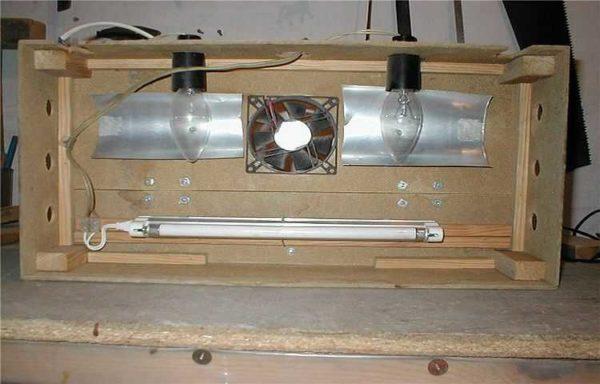
The bills for such lighting of the aquarium will be decent. In addition, you have to dissipate the heat that the incandescent lamps give off during operation. This is usually done by installing coolers – low-power fans, but they also do not always save.
Metal-halogen
This type of lamp is ideal for aquariums with a lot of grass and if the water column is more than 60 cm. This is due to the wide spectrum of light emitted, its high brightness and ability to penetrate to great depths. When lighting metal-halogen lamps (MHL) on the bottom will be “sunny” glare, shadows from plants, fish.
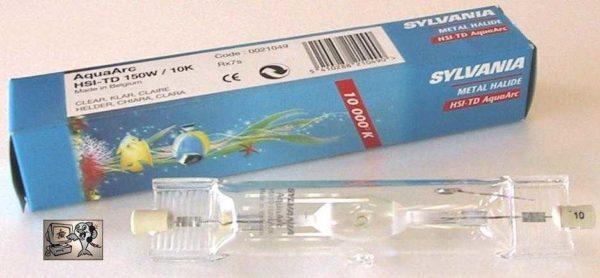
Disadvantage – when working, they get very warm, so basically such lamps are installed at a distance of at least 30 cm from the water mirror.
Fluorescent lamps
Today these lamps are available in several variants. There are ordinary household (NO). They have a low level of luminescence, can be used to illuminate shallow aquariums – up to 50 cm deep. Below the light simply will not reach. There are two other technologies HO (High Output) and VHO (Very High Output), which at the same size shine many times brighter. Here their light is able to penetrate to a fairly great depth.

In aquaristics, two types of fluorescent lamps are usually used – T5 and T8. T8 is used more often. They have an optimal price-quality ratio. T5 lamps with a smaller diameter (16 mm vs. 26 mm) light give twice as much, but also cost twice as much as T8. And since they are all the same to change them at the same time, they are used more often “eight”.
One more thing: these two types of lamps are not interchangeable: T5 requires a special starting and regulating device, so that the lamps are different.
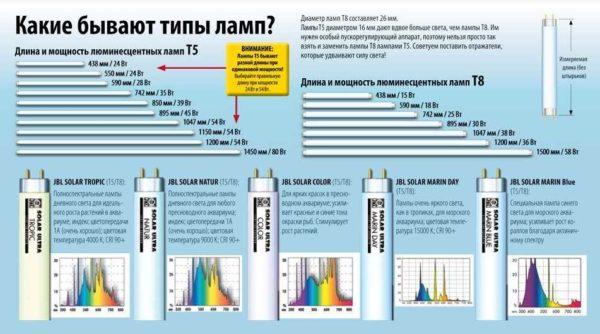
The disadvantage of fluorescent lamps – over time they “burn out”, that is, change the spectrum of luminescence. This forces every 6-10 months to make a replacement, although the lamp still works and can work for many months. But plants do not like its light. And this – additional costs and quite tangible.
Compact fluorescent lamps or economizers
By their characteristics are very similar to conventional fluorescent, changed only the shape of the light tube – they are twisted into a spiral – and the cartridge – it is under the standard sockets.
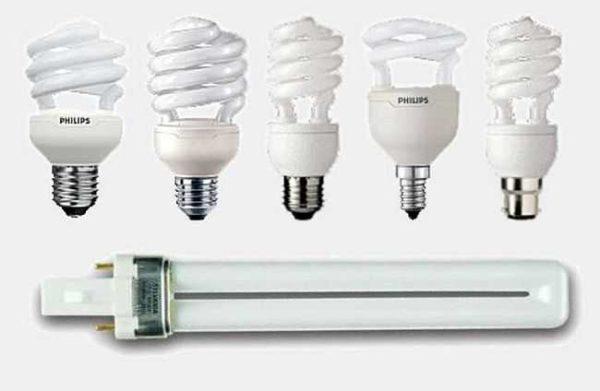
LED
To date, lighting for the aquarium using LEDs is recognized by many as optimal. They do not heat much, with low electricity consumption, they shine brightly, have a wide color range, have a long service life. In addition, they are safe, as they operate from 12 V.
Another plus of using LEDs – their brightness is easily changed. In the absence of experience immediately pick up the optimal amount of light is almost impossible, so the ability to adjust the amount of light is very useful.
The disadvantage of LEDs – a considerable price for good quality crystals. The second unpleasant moment – they also generate heat, which must be removed. But the heat is released by the body of the LED and it is easier to dissipate – to install on an aluminum plate, which will take away heat. If necessary, a cooler can be built into the back side or raised higher above the water.
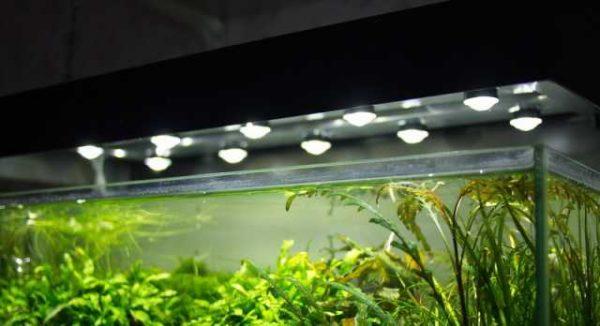
If we talk in relation to aquaristics, then organizing the right LED lighting for an aquarium, you can achieve a game of highlights and shadows on the bottom, a great view of plants and fish.
A few words about what LED lights are:
For all these reasons, LED aquarium lighting is becoming increasingly popular. At low cost at the stage of operation, they give good light, “burn out” much slower. Yes, there is still an opportunity to make the illumination “colored” using RGB diodes. They, by the way, allow you to adjust the amount of this or that “shade” of light.
Combined lighting for the aquarium
Creating lighting for the aquarium, many experienced owners combine several types of lamps – two or even three. In this way, it is possible to achieve optimal illumination at a minimum cost. Most often combine fluorescent and LED lamps, fluorescent with metal-halide, use all three types.
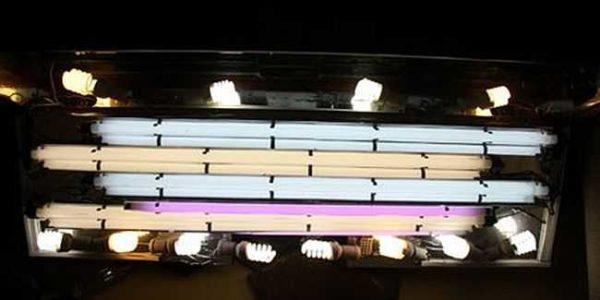
It only seems like there aren’t many options. In fact, there are a lot, because the light sources are also selected according to the temperature of the light. As a result, the visual perception and colors of vegetation and fish change decently. When selecting it is desirable to get a spectrum close to the spectrum of sunlight or pick a combination that all inhabitants of the aquarium like.
Lighting intensity
To correctly select the lighting for the aquarium should take into account many factors: its type (marine or freshwater), the presence of plants in it and their needs (what intensity of light they need), the geometric parameters of the bank itself (the height of the water column) and the color of the water. Depending on all these factors and select lamps and fixtures.
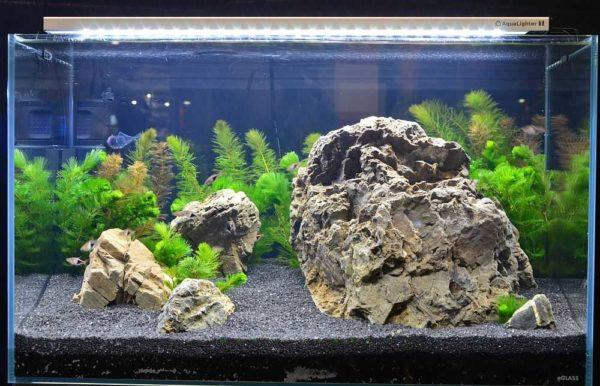
Selection by volume
A common practice is to select the brightness of the lights for the aquarium based on its volume. The method does not take into account very many nuances, but can be used as a basis – for approximate determination of the necessary power of lamps. Calculated the required power of lamps depending on the volume of water (not the tank, and it is water – subtract the air layer and the thickness of the ground).
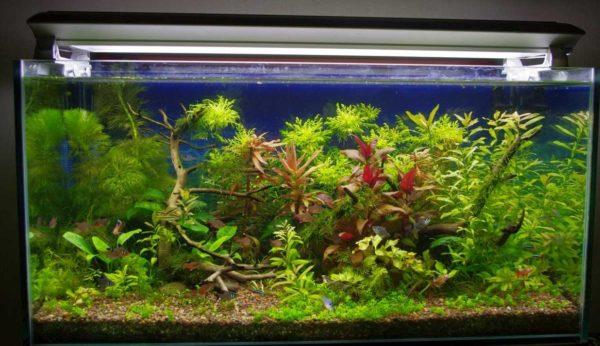
- For an aquarium without plants light should not be so much – fish do not need a lot of it. Count on 0,1-0,3 W / L.
- If the aquarium contains shade-loving algae and fish, the power of lighting can be calculated based on the norm of 0,2-0,4 W / L.
- The average illumination is 0.4-0.5 W / L. But with this choice, plants will grow slowly, will stretch upward.
- Optimal illumination for normal herbalist, for bright and healthy plants – 0,5-0,8 W / l.
- Bright lighting with a large number of light-loving plants – 0,8-1,0 W / l.
Data are given for lighting with incandescent and halogen lamps. But today they are used less and less often, as they are inefficient and very warm. Determine the required power of other light sources can be determined from the table of correspondence.
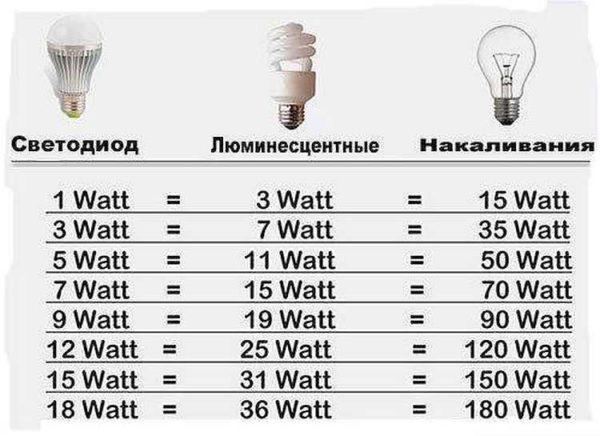
Having calculated what wattage of daylight bulbs you need, you can calculate the required wattage of other types of light sources.
Matching by depth
When determining the lighting intensity of the aquarium, you need to take into account its depth. The point is that when 10 cm of water of average transparency passes through, the illumination drops by 50%.
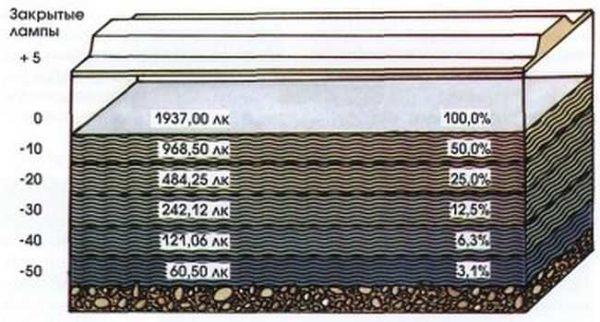
This means that if on the surface illumination is 1000 Lm, at a depth of 60 cm will reach only about 15 Lm, and below generally will be almost dark. If you want to have healthy plants, it is necessary that at the bottom of the light was at least in the neighborhood of 60-90 Lm. Therefore, when calculating the lighting intensity for the aquarium should be taken into account and its depth.
Lighting time of the aquarium
When designing lighting there is a question: how long should work lighting aquarium. The answer is based on the “habits” of plants and fish. They come from tropical latitudes, and there the light day lasts about 12 hours regardless of the time of year. This is the lighting regime and should provide your plants.
Sometimes the lack of illumination try to compensate for the lack of light by extending the daylight hours. Positive consequences of this usually does not have, but negative appear very often – with a long daylight hours, the water begins to bloom, illumination is still reduced, there is a need to replace the water.
In addition to the fact that the light in the aquarium should burn a certain time, it is desirable to create a kind of half-day – some time – 3-4 hours a day – lighting should be very bright, the rest of the time the intensity of lighting the aquarium can be reduced. To realize such a mode, use several lamps, which are turned on through separate toggle switches / switches.
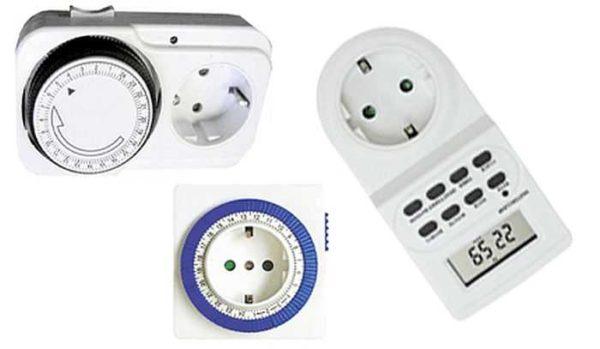
In order to automate the process, you can install a time relay. Today there are absolutely inexpensive models through which you can turn on the lamps. They are mechanical and electronic. Electronic ones can be programmable and you will not have to set the time every time, since the power will be supplied and disconnected automatically.

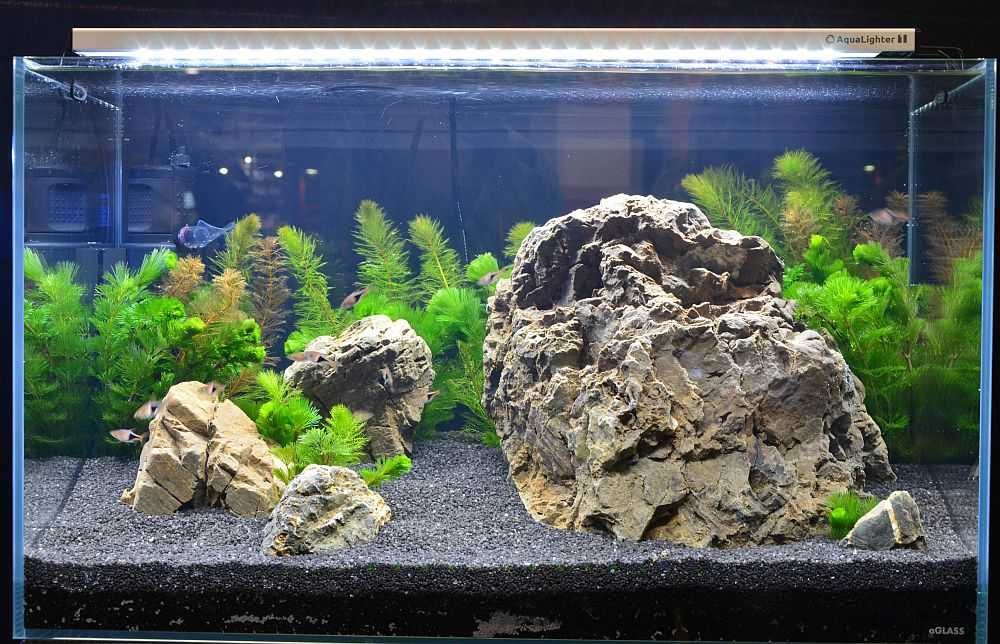
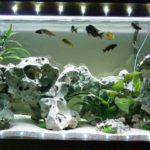
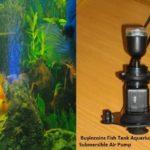
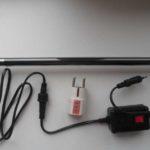
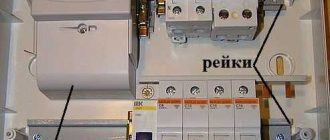





I recently set up my aquarium and wow, the light makes such a difference! I used a simple LED strip and it’s like magic! My fish and plants pop with color now. Totally recommend it for a vibrant aqua vibe! Can’t stop staring at my little underwater world!
Setting up lights for your aquarium is a game-changer! When I added a cheap LED strip, my fish colors popped like crazy. Just make sure the lights are not too bright and don’t overheat the water. It’s essential for the plants and the fish to thrive!